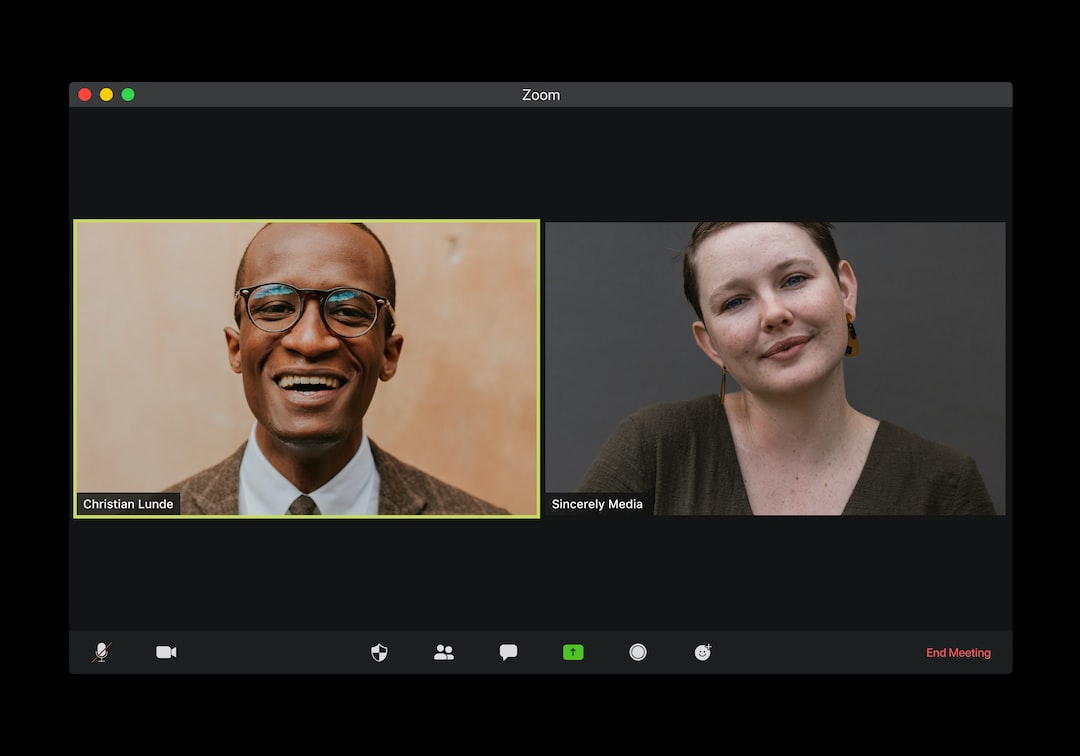The Role of Media in Promoting Cultural Diversity and Inclusion
In today’s interconnected world, media plays a vital role in shaping people’s perceptions and understanding of different cultures and promoting cultural diversity and inclusion. As a powerful tool, media has the ability to influence and educate its audience, and it is the responsibility of media organizations to utilize this power in a positive and constructive manner.
Firstly, media plays a significant role in promoting cultural diversity by providing a platform for diverse voices to be heard. Through news outlets, documentaries, and social media, media can shed light on various cultural practices, traditions, and perspectives from around the world. By showcasing the richness and uniqueness of different cultures, media helps to break down stereotypes and foster understanding and appreciation among different communities.
Furthermore, media has the power to challenge biases and prejudices by promoting inclusive narratives. It has the potential to inspire tolerance and acceptance by presenting stories and characters from diverse backgrounds. The portrayal of diverse characters in TV shows, movies, and advertisements can help normalize diversity and create a sense of belonging for individuals from marginalized communities.
In addition, media has the ability to spark important conversations about different cultures and social issues. Through news reporting and investigative journalism, media can shed light on cultural barriers, discrimination, and injustices faced by various communities. By providing a platform for discussions and debates, media plays a crucial role in raising awareness and advocating for social change towards a more inclusive society.
Moreover, social media platforms have created opportunities for individuals to share their experiences and perspectives on cultural diversity and inclusion. Whether through blogs, vlogs, or social media posts, people are using these platforms to voice their opinions, challenge stereotypes, and celebrate their cultural heritage. As a result, social media has become a powerful tool for promoting cultural diversity and inclusion by connecting like-minded individuals and fostering a sense of community.
However, it is important to note that media can also perpetuate stereotypes and reinforce biases if not used responsibly. Media organizations need to be mindful of the content they produce and ensure that it reflects the diversity of the society they serve. Furthermore, media professionals should be trained to recognize their own biases and ensure fair and accurate representation of different cultures and communities.
In conclusion, media plays a critical role in promoting cultural diversity and inclusion. By providing a platform for diverse voices, challenging biases, sparking conversations, and utilizing social media platforms, media organizations can foster understanding, acceptance, and respect for different cultures. It is essential for media professionals to use their influence responsibly and work towards creating a more diverse and inclusive society. Ultimately, a media landscape that celebrates diversity and inclusion will contribute to a more tolerant and harmonious world.


